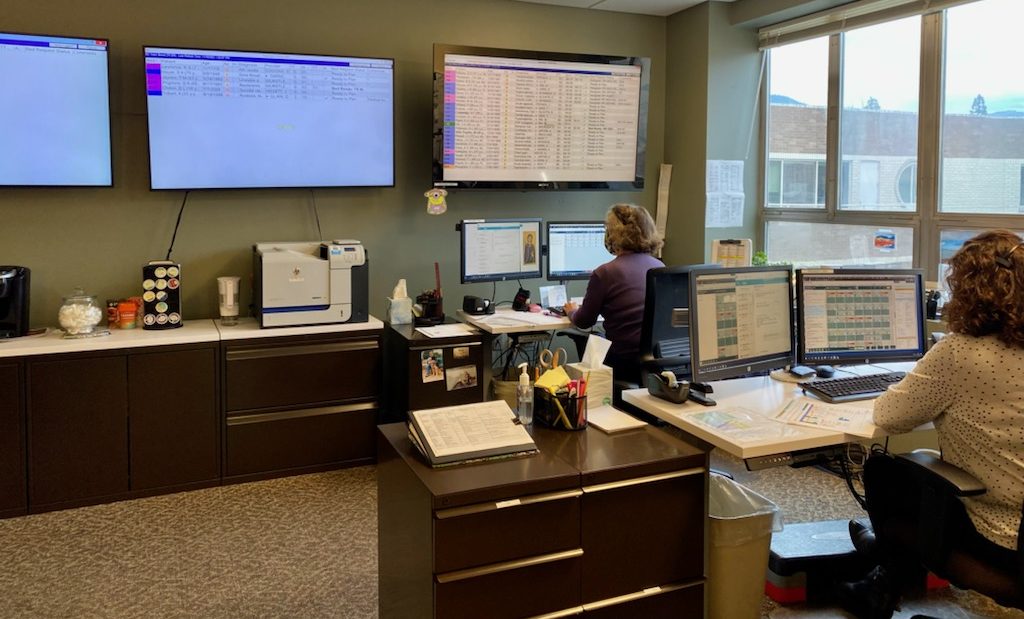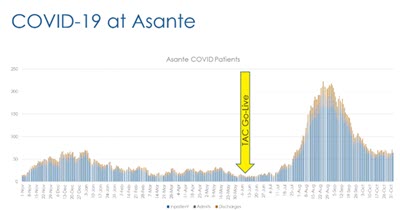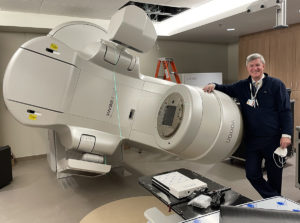Share:

The Transfer Admit Center at Asante has a storied history that began nearly 10 years ago at ARRMC with pivot tables and Excel spreadsheets, all requiring hours upon hours of manual input.
In April 2020, a major redesign of the program was launched to create a systemwide TAC that involved collaboration among all three hospitals. “It wasn’t just taking Asante Rogue Regional’s processes and pushing them across the system,” said Staci Sparks, director of nursing at ARRMC.
Before any changes were made, process mapping was done, site visits were made to other health systems, TAC staffing was adjusted, TAC staff and house supervisors job-shadowed, and process changes had to be communicated to external users, including referring hospitals as far away as Brookings and Roseburg.
“One goal of the project was to eliminate the need for TAC staff to go digging through the patient’s chart. The process is more efficient and gets the patient in a bed faster using the minimum amount of information needed to make a decision,” Sparks said.

A centralized TAC, housed in an office and manned by “traffic controllers” around the clock, allows Asante to balance patient loads across all three hospitals, and to direct patients where they will receive the most appropriate and timely care.
This hub-and-spoke model proved its worth during the recent delta surge, when patients with mild to moderate COVID-19 were directed to AACH, freeing up beds for more critical patients in the larger facilities.
“We’re better able to minimize the time when one hospital is near critical capacity while another has open beds,” said Amanda Kotler, vice president of Nursing for ARRMC and AACH. “We aspire to do this well to support the entire health system.”
TAC has moved 12,383 patients since June 8. The long-term plan includes a fully integrated command center, a TAC medical director and governance committee.
If you have a question, please contact the author or relevant department directly.



